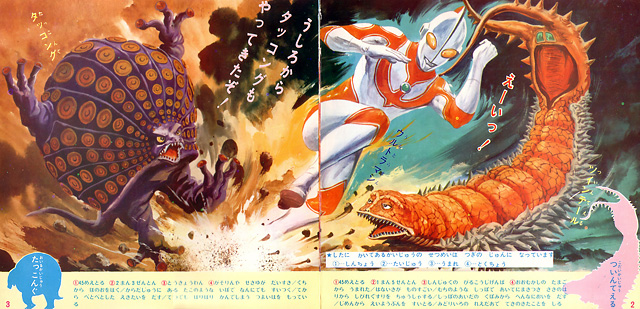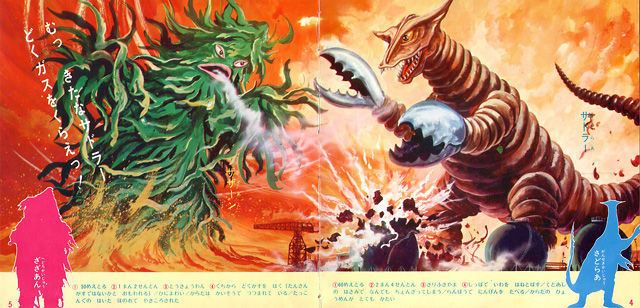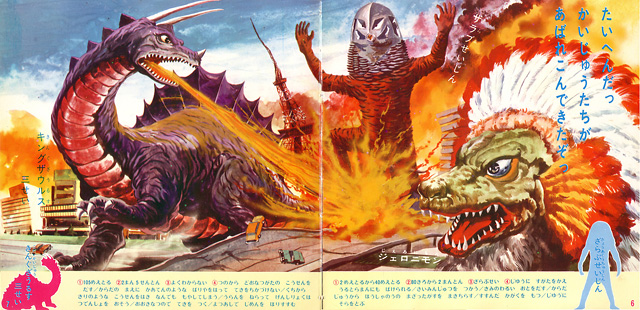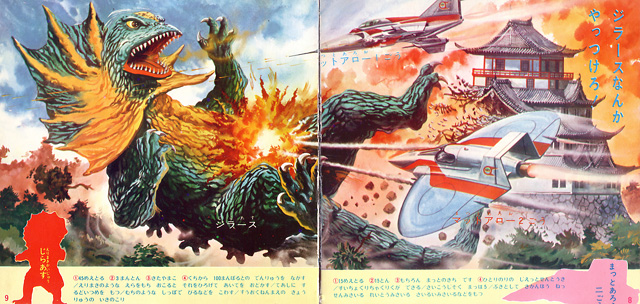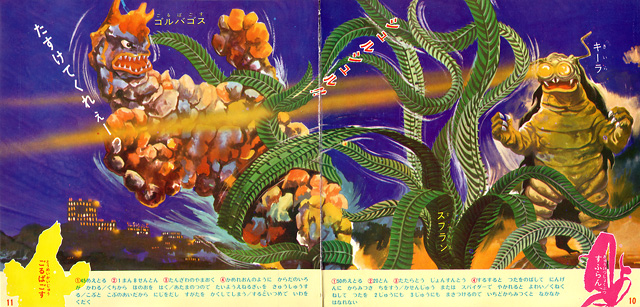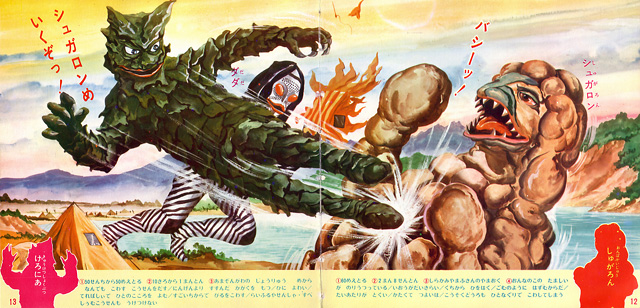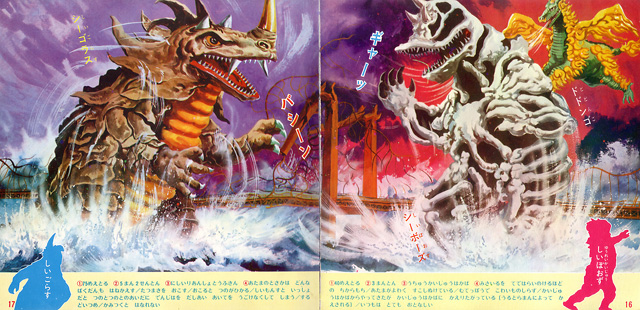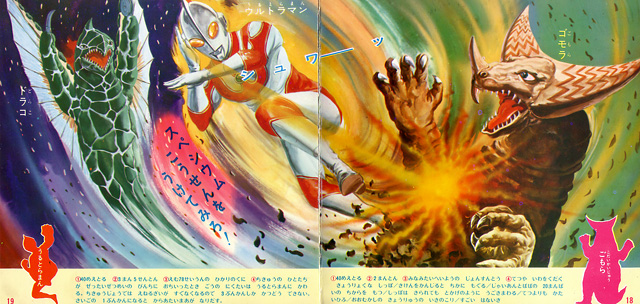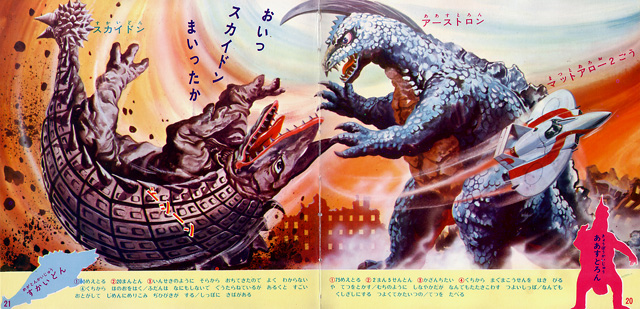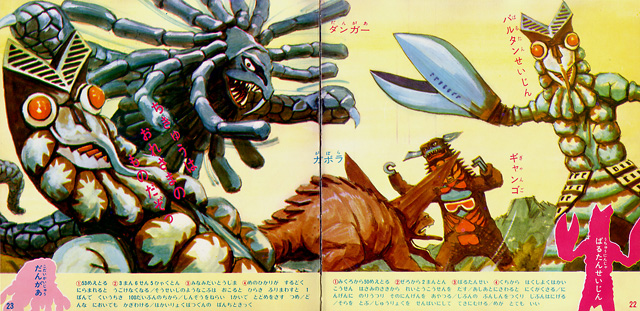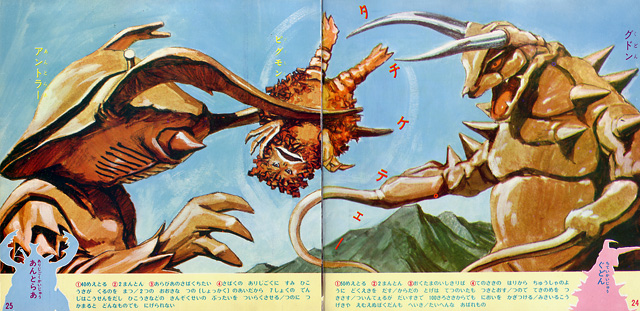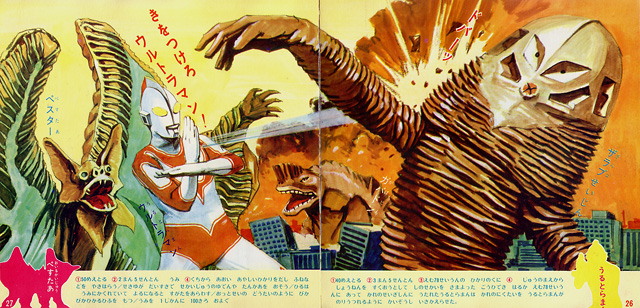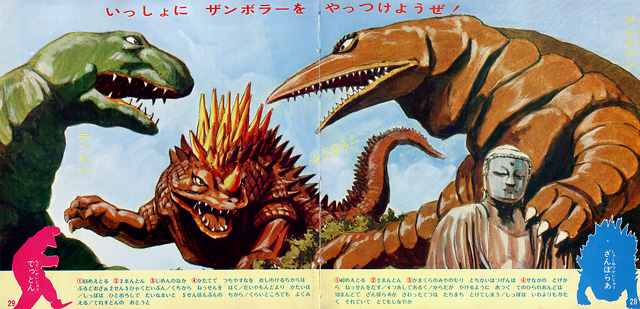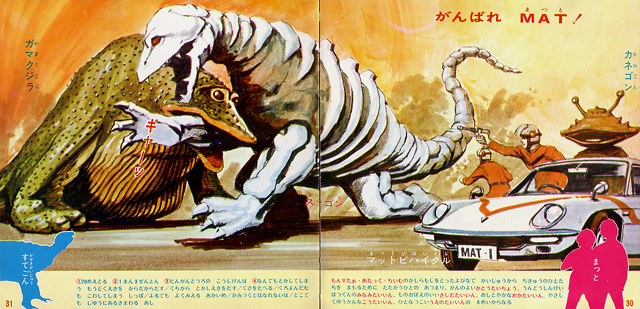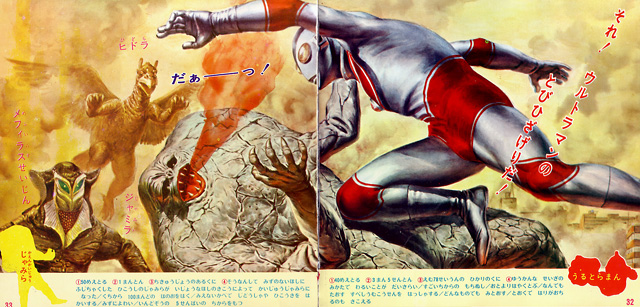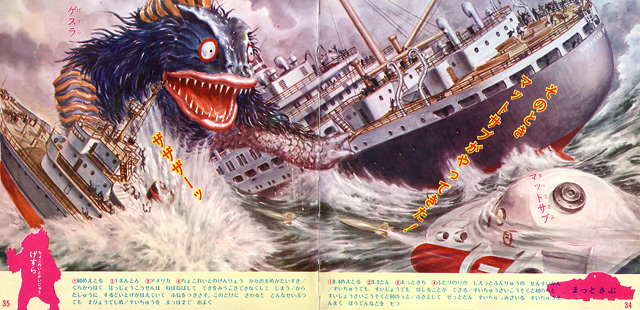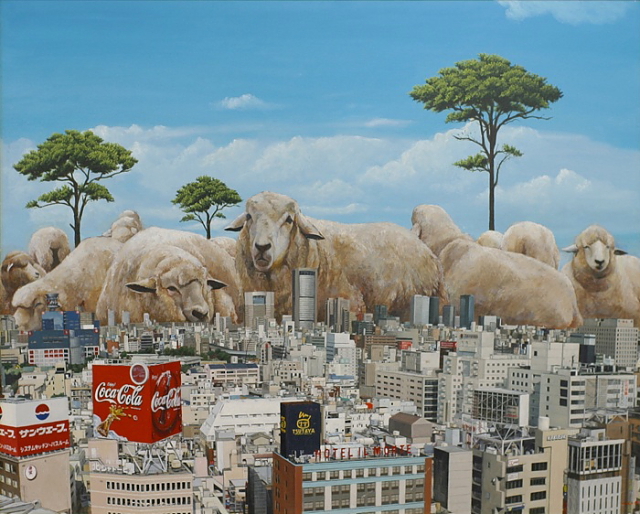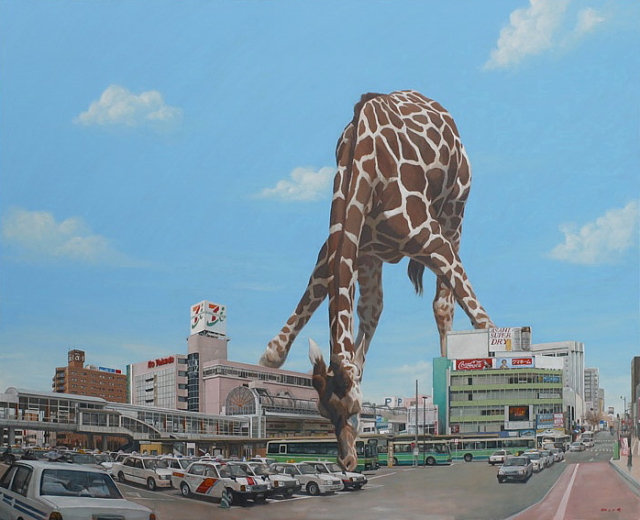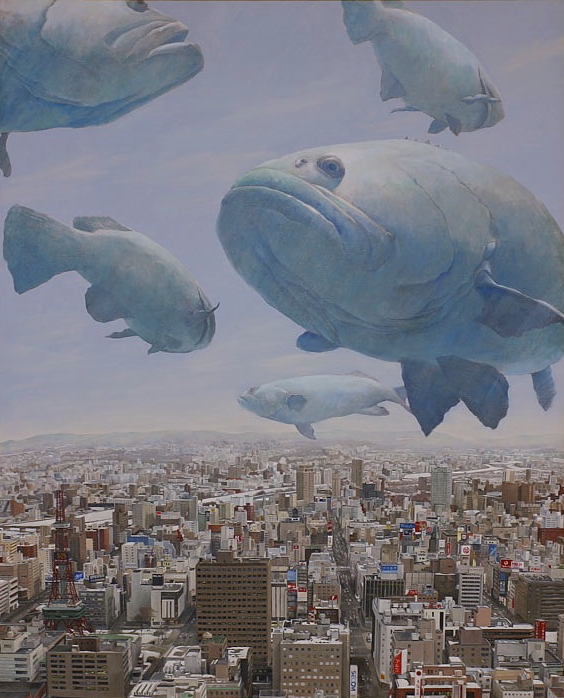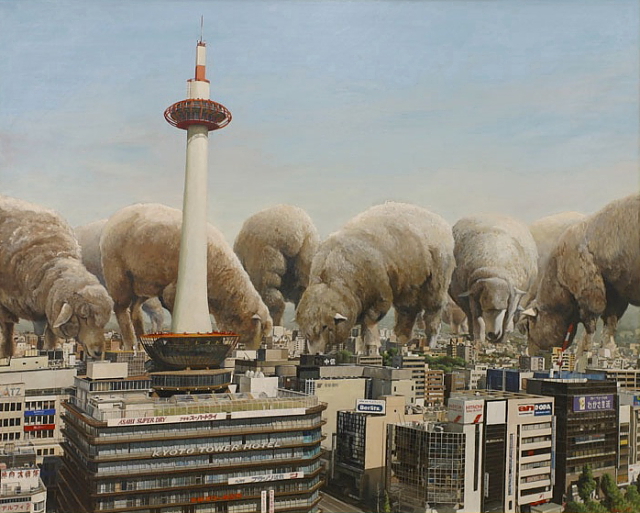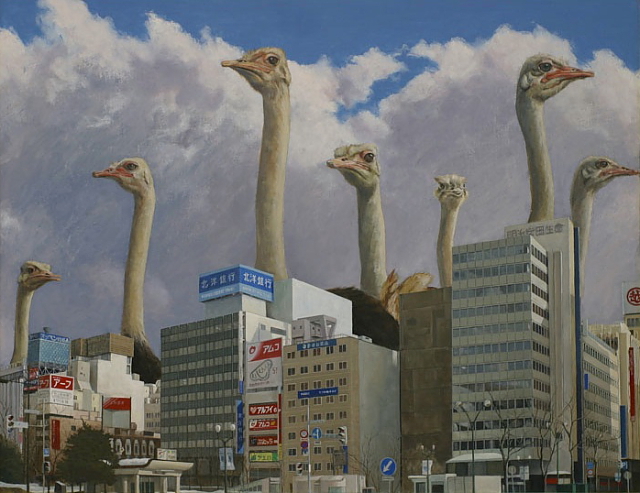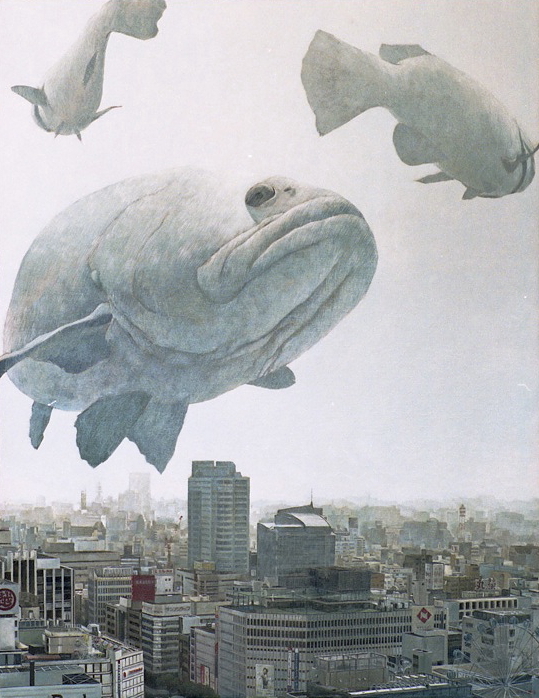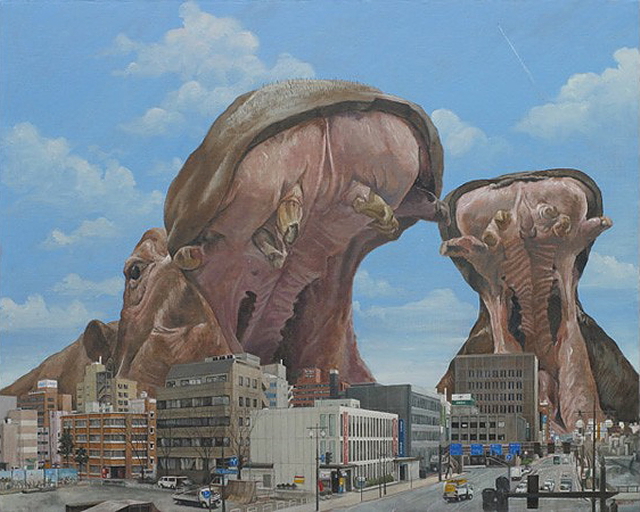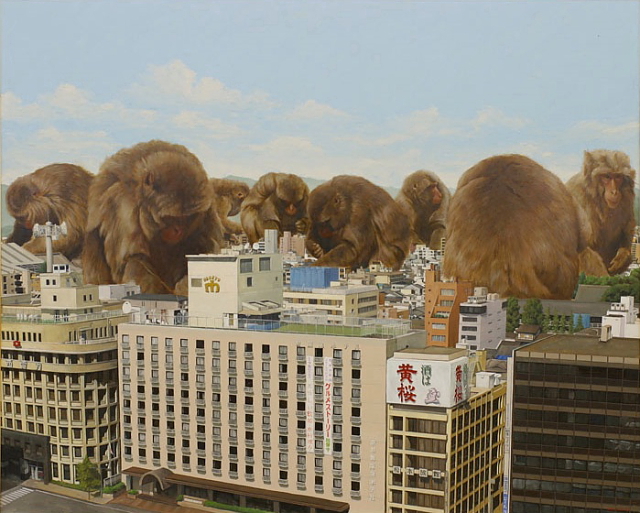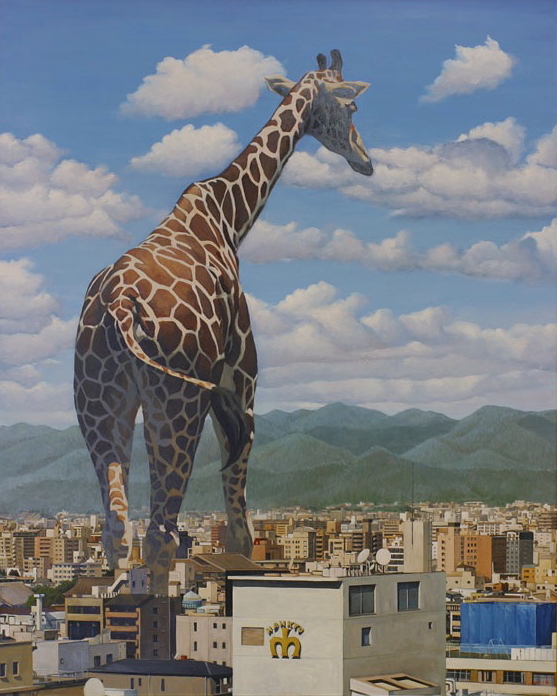Here is a selection of concept cars designed by Japanese automakers from 1957-2009.

Toyota Proto, 1957

Toyota Proto, 1957

Toyota Publica Sports, 1962

Nissan Prince Sprint 1900 Prototype, 1963

Toyota Concept, 1966

Mazda RX 87 (Bertone), 1967

Isuzu Bellett MX1600 (Ghia), 1969

Toyota EX-1, 1969

Toyota EX-II, 1969

Toyota EX-III, 1969

Mazda RX-500, 1970

Mazda RX-500, 1970

Isuzu MX1600-II

Nissan 126X, 1970

Nissan 270X, 1970

Nissan 216X, 1971

Nissan Skyline Concept, 1972

Toyota EX-7, 1972




Toyota RV-2, 1972

Toyota F101, 1973

Nissan AD-1 Concept, 1975

Nissan NX-21, 1983

Nissan CUE-X, 1985

Daihatsu TA-X80, 1987

Mitsubishi HSR II, 1989

Nissan Boga, 1989

Nissan Figaro Concept, 1989

Nissan FEV, 1991

Mazda London Taxi, 1993

Mitsubishi ESR, 1993

Suzuki EE-10, 1993

Nissan AP-X, 1994


Toyota Moguls, 1995 // Nissan Hypermini, 1997

Nissan TrailRunner, 1997

Nissan KYXX, 1998

Honda Fuya-Jo, 1999

Mazda Miata Mono-Posto, 1999

Isuzu Zen, 2001

Toyota POD, 2001

Isuzu FL-4, 2002

Honda IMAS, 2003

Honda KIWAMI, 2003

Honda Pro Drag Civic Si, 2003

Nissan Jikoo, 2003

Toyota FINE-S, 2003

Toyota MTRC, 2004

Infiniti Kuraza, 2005

Mazda Senku, 2005
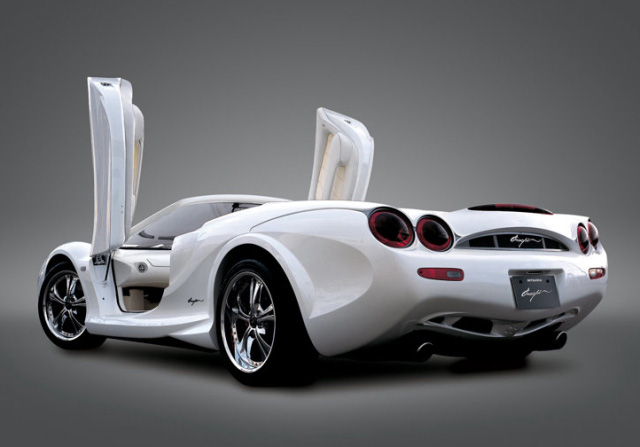
Mitsuoka Orochi, 2005

Nissan Zaroot, 2005

Acura Advanced Sedan, 2006

Mazda Nagare, 2006

Nissan Terranaut, 2006

Acura Advanced Sports Car, 2007

Mazda Taiki, 2007

Nissan Mixim, 2007

Nissan Bevel, 2007

Nissan Pivo-2, 2007

Honda FC Sport Concept, 2008

Mazda Kiyora, 2008

Honda P-NUT, 2009

Infiniti Essence, 2009

Nissan Land Glider, 2009

Isuzu FC-12

Isuzu Fire Fighter 2

Isuzu FL-1/FL-4/FL-10

Isuzu Lunar Rover

Isuzu Super Heavy Dumptruck

Lexus Minority Report Concept, 2054
[Via: NetCarShow, Car Styling, ConceptNissan, Isuzu]

